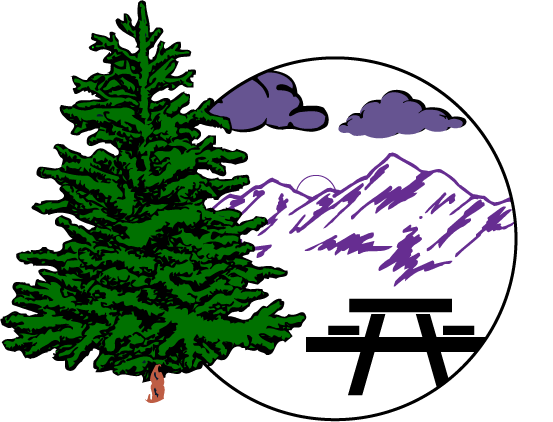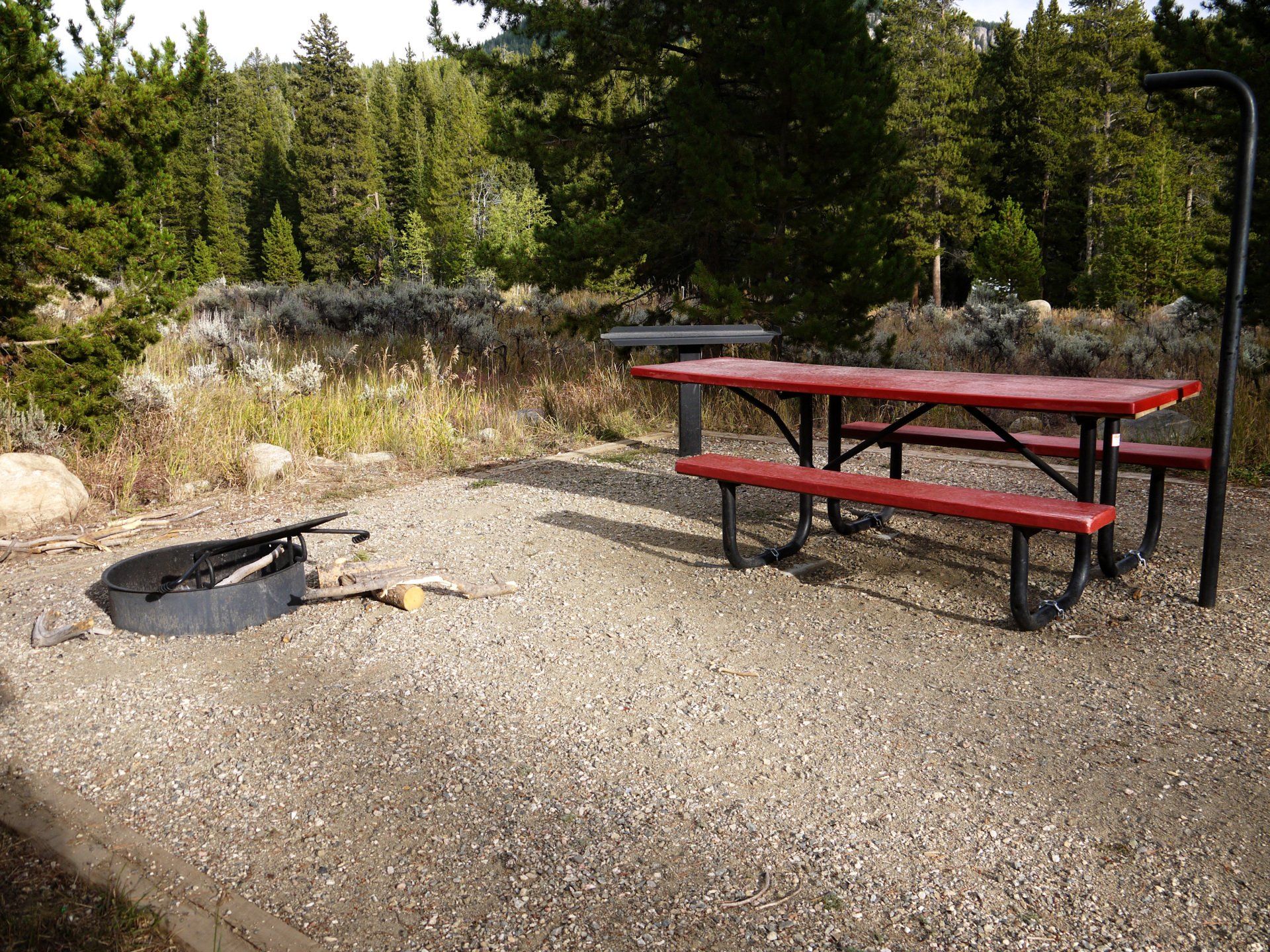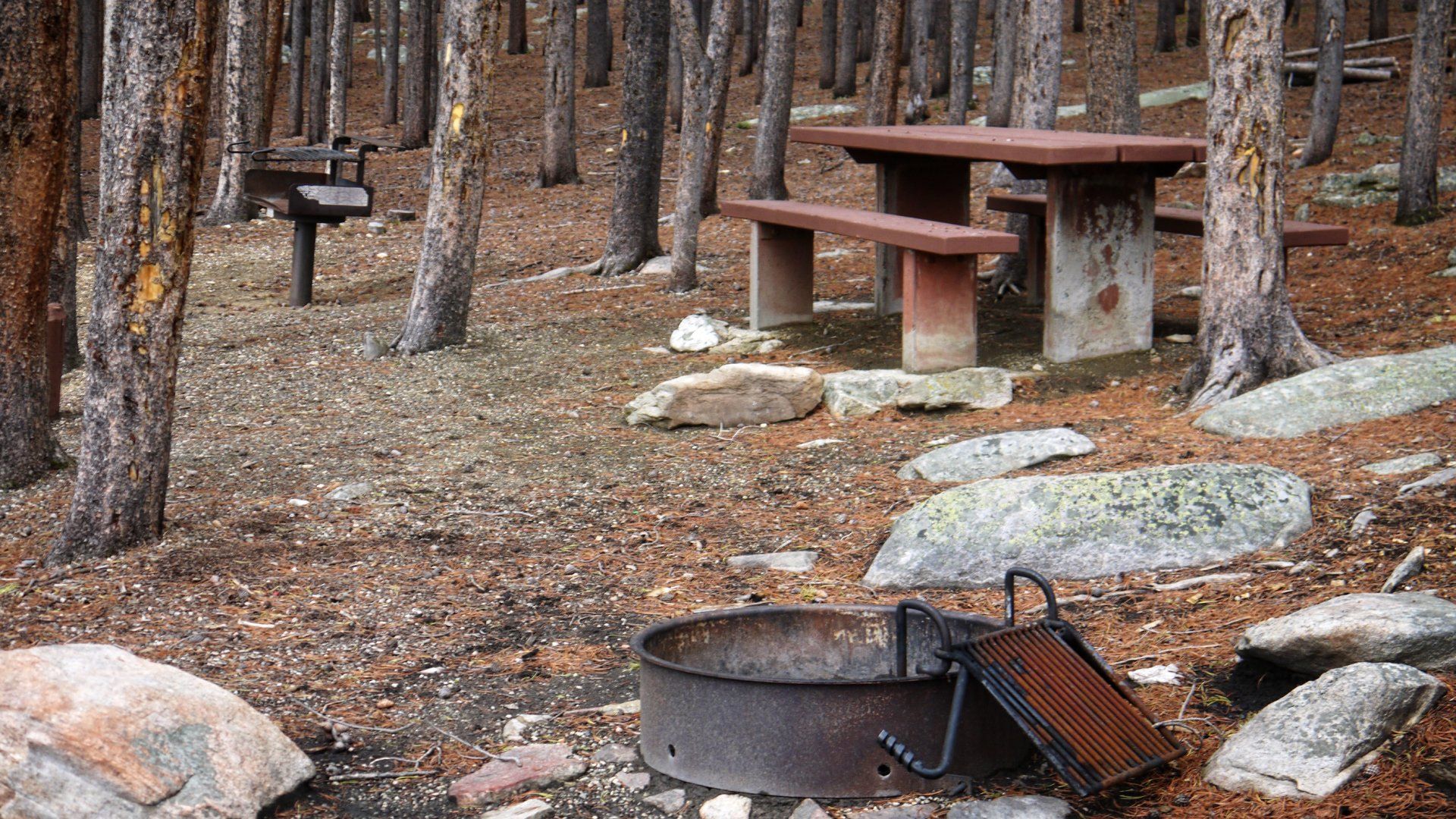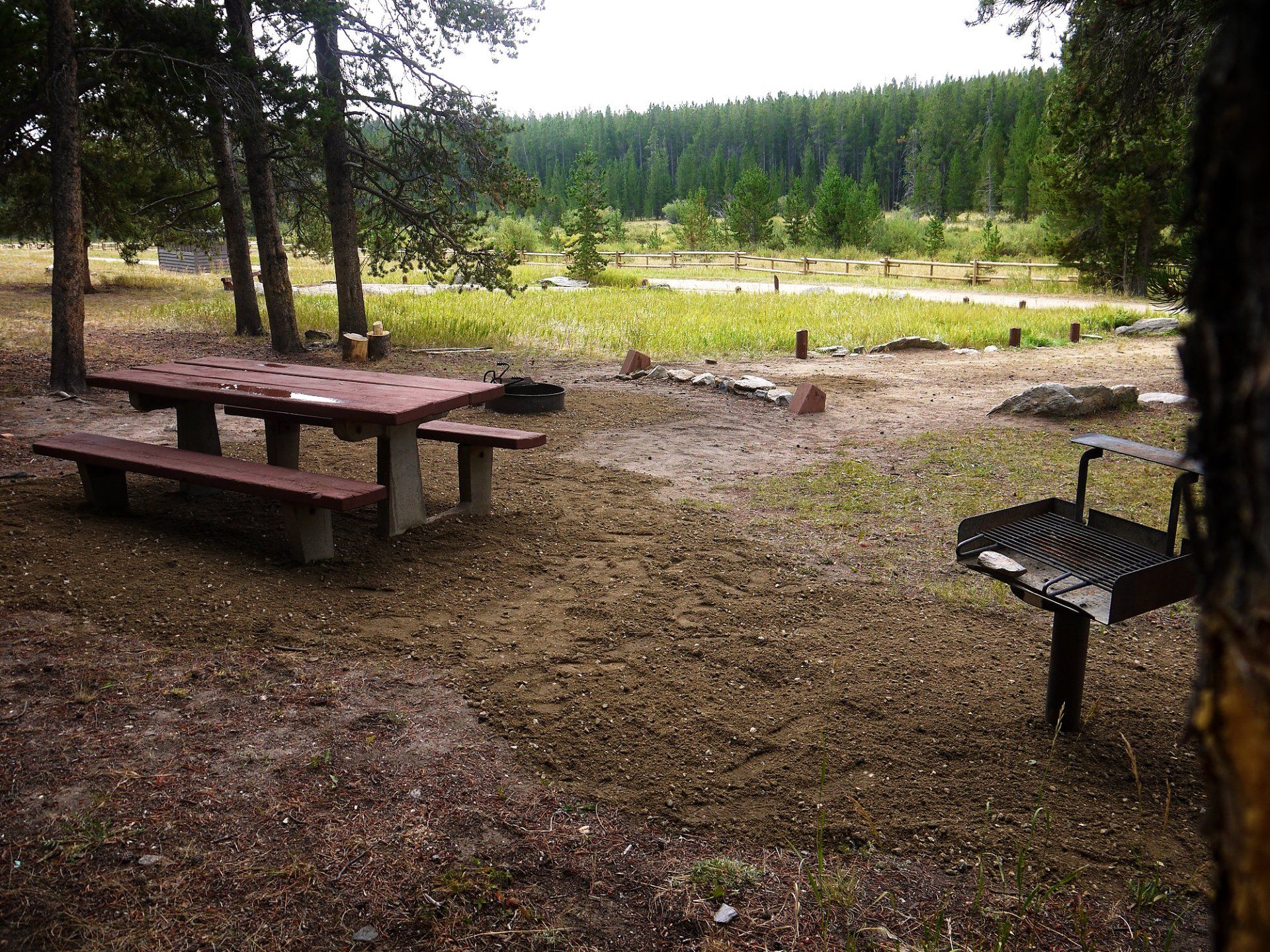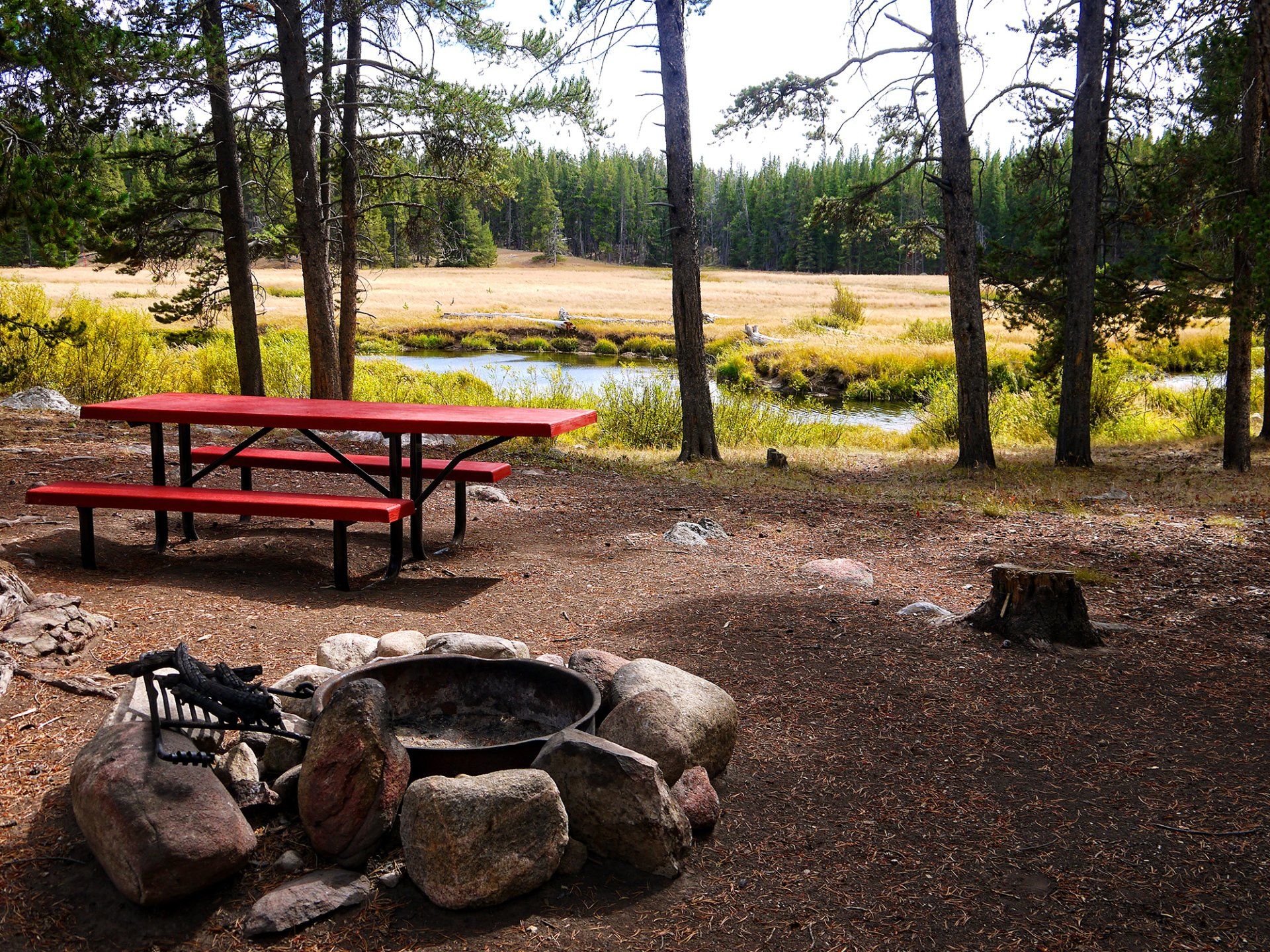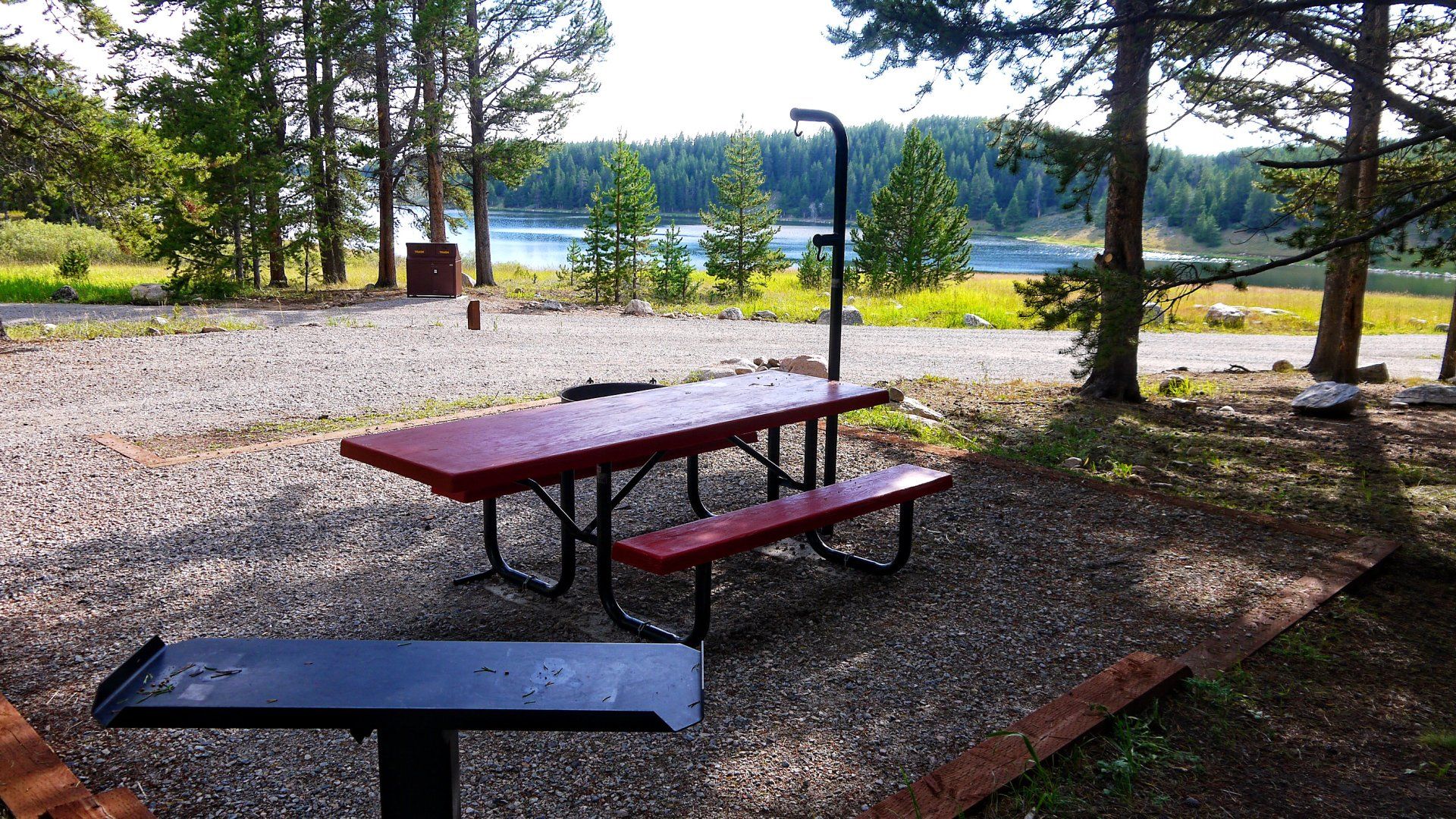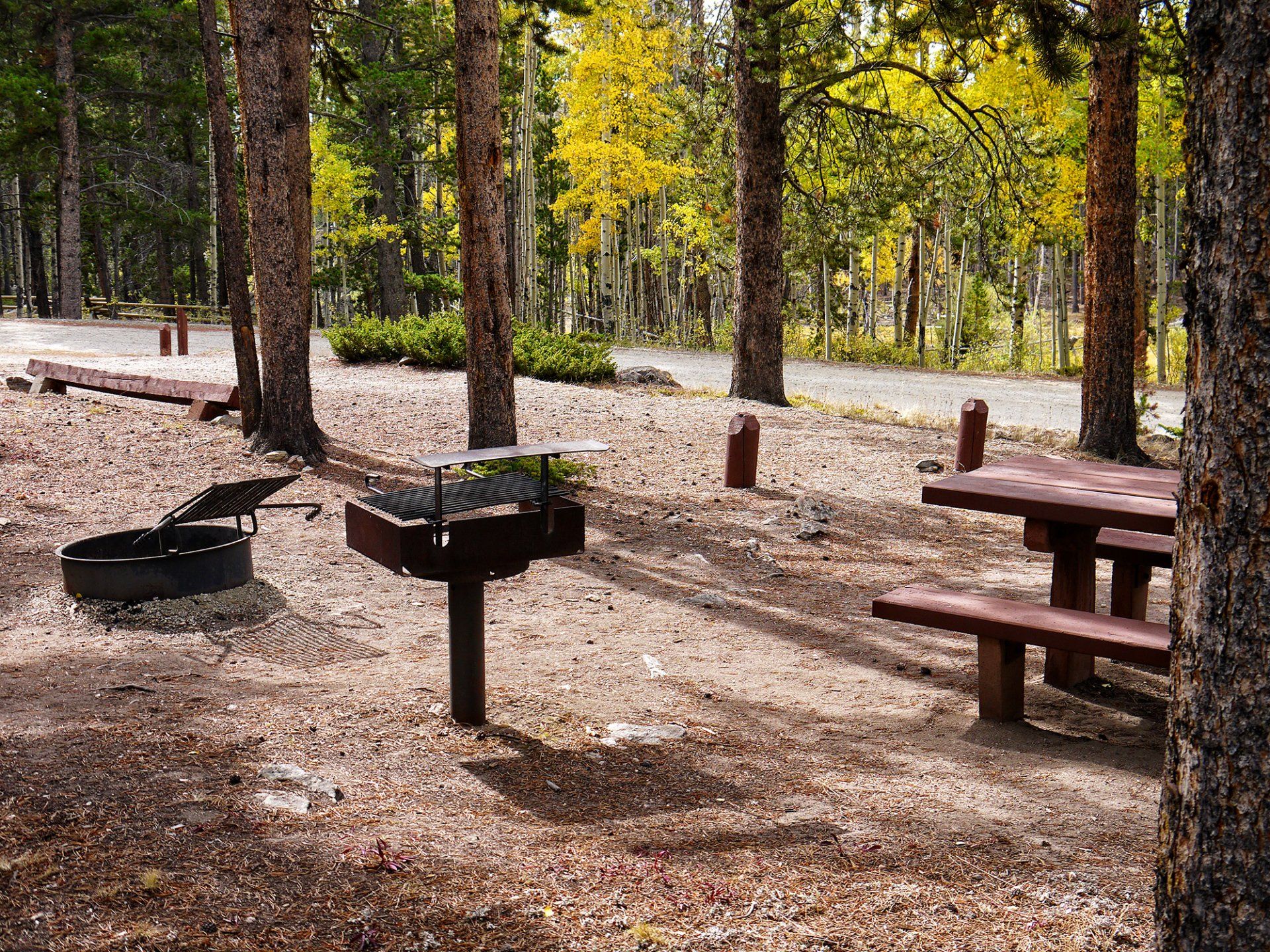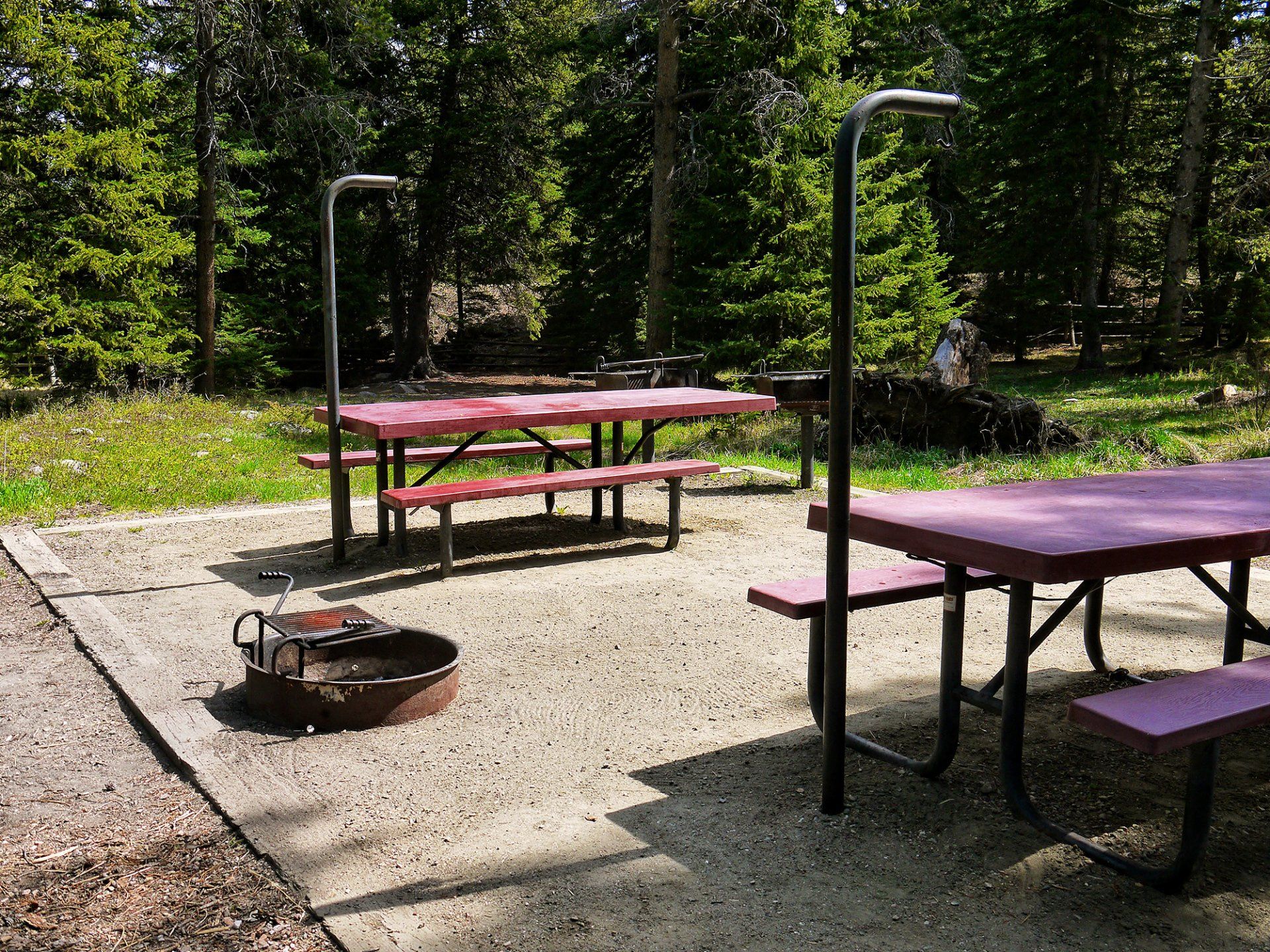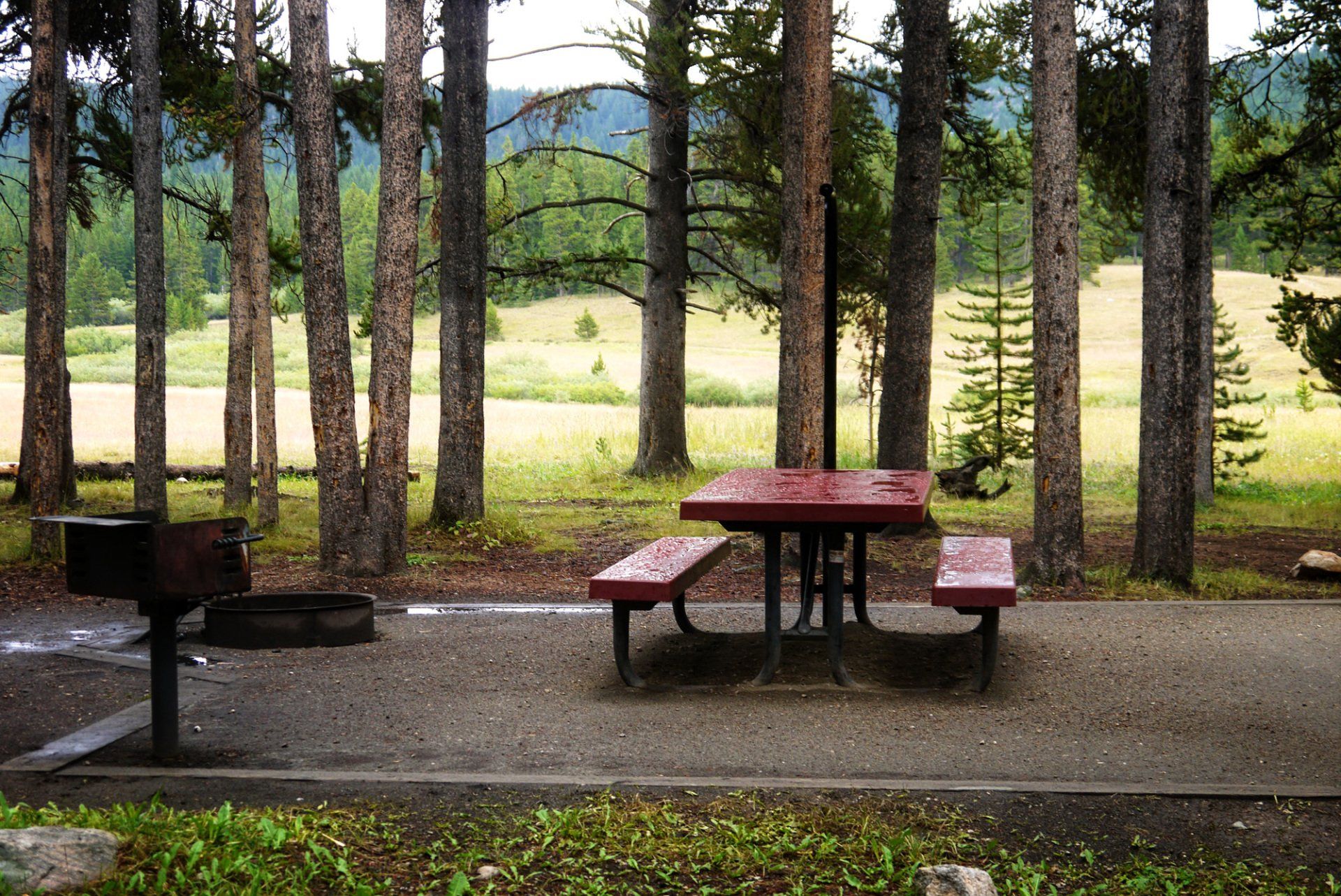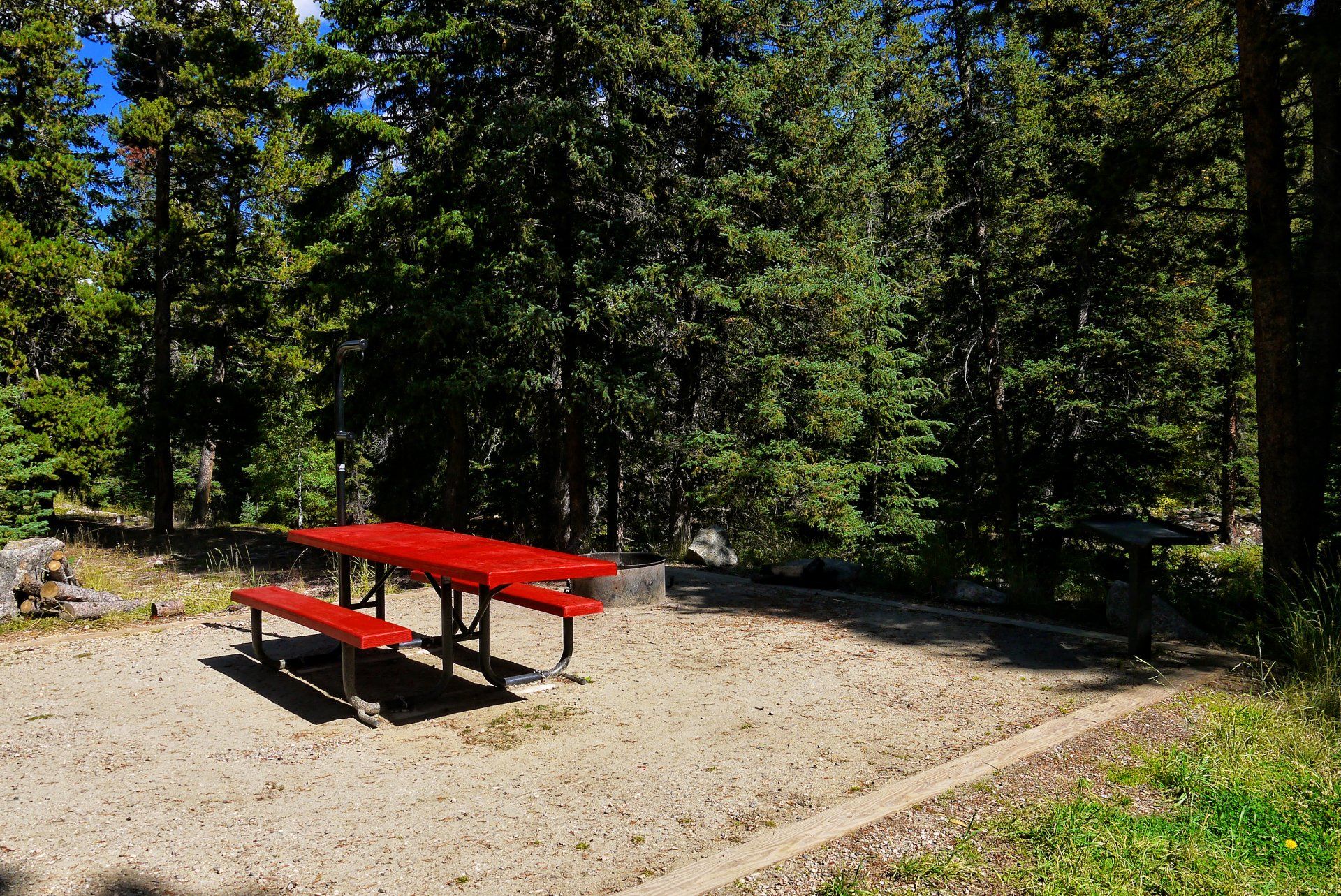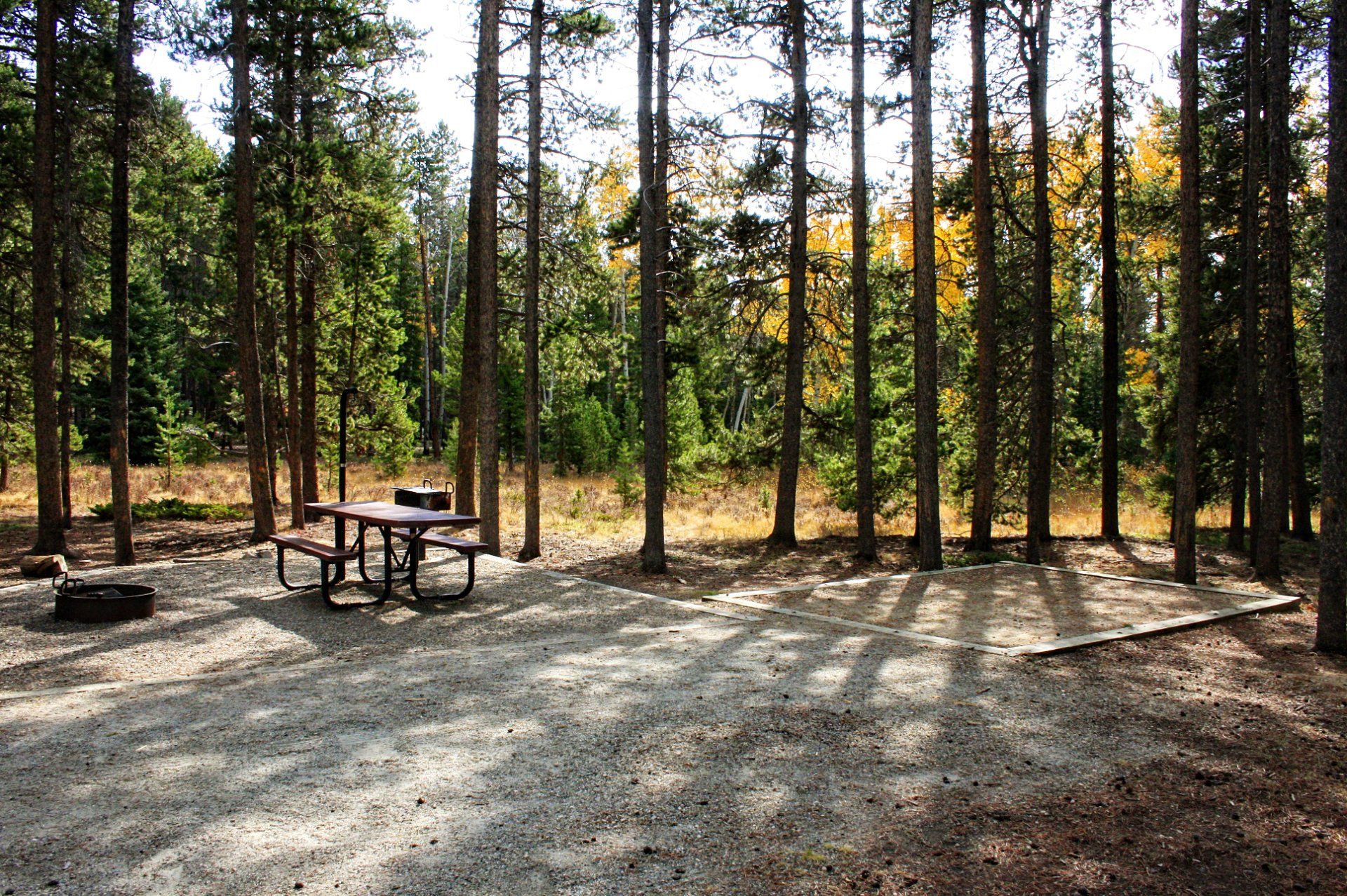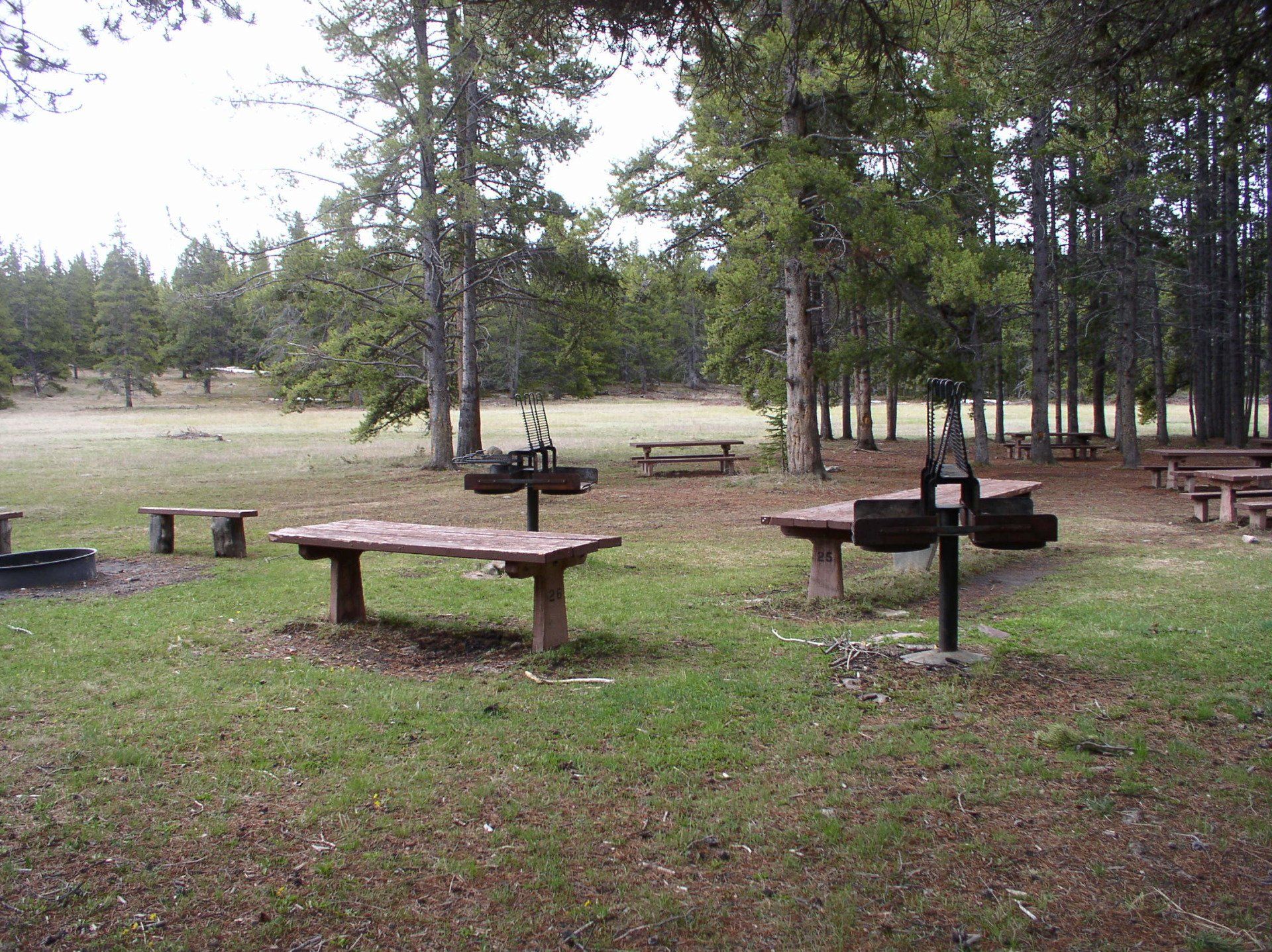Southern
Bighorns
THINGS TO KNOW BEFORE YOUR ARRIVAL
1.1
MILLION ACRES OFNATIONAL FOREST
39
IMPROVED LODGES & CAMPGROUNDS
1,500
MILES OF HIKING TRAILS
13,189
FEET ABOVE SEA LEVEL(CLOUD PEAK)
THE BIGHORNS
Southern Bighorns
Southeast Bighorns
On the eastern edge of the southern Bighorn Mountains just 20 miles west of Buffalo, WY, on Highway 16, five pine-filled campgrounds provide over sixty sites for the recreating public. South Fork Campground, Circle Park Campground, Crazy Woman Campground and Middle Fork Campground lay alongside crystal clear, cold trout brooks. These campgrounds are just a short jaunt away from the Cloud Peak Wilderness, which is full of wonderful day hikes and Tie Hack Reservoir with scenic views and fishing. Lost Cabin Campground, near the mountain pass, provides easy highway access and pull-through spurs in a camp noted for its friendly atmosphere. Two nearby lodges provide restaurant dining, showers and convenience items.
Southwest Bighorns
On the west end of the WY Highway 16, Bull Creek Campground and Lakeview Campground provide lakeside camping just off the SW Bighorn Mountains highway, while more remote West Tensleep Lake Campground is a canoer's ideal. Sitting Bull Campground, Deer Park Campground and Island Park Campground are stream-side campgrounds with plenty of fishing, bird watching and wildlife attractions to make the perfect vacation.
While most of the campgrounds in the Bighorn Mountains are located 7000 feet or higher, Leigh Creek Campground and Tensleep Creek Campground sit at 5400 feet on the fresh and clear Tensleep Creek. Between these two camps is a fish hatchery which is open to the public daily. Two lodges and nearby Ten Sleep, WY provide showers, fishing licenses, restaurant dining and convenience items.
Cloud Peak Scenic Byway:
The Cloud Peak Skyway Scenic Byway is the southern-most route across the Bighorn National Forest in the Big Horn Mountains. The designated 47-mile stretch of the Scenic Byway, or U.S. 16, shares its boundaries with the National Forest. The route can be reached via Ten Sleep from the west or Buffalo from the east.
The road is a paved two-lane highway that crests at the 9,666-foot Powder River Pass. Mountain weather can be extreme and snow can fall in any month at these elevations but it rarely affects travel in the summer and early fall. Allow one hour minimum driving time.

